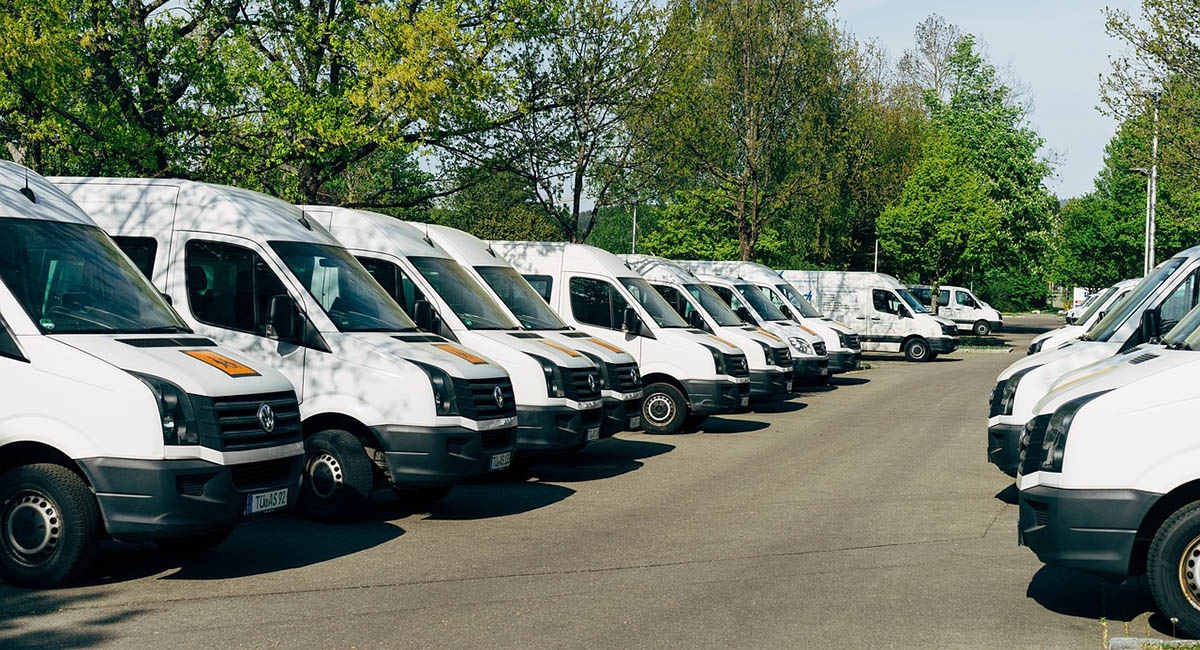
The Most Common Problems Managers Face
Management is a broad discipline. Those with the job title of manager perform hundreds of different chores, depending on where they work and what industry their company is in. However, there are several very wide areas of overlap among today's managerial professionals. The primary way of separating them is based on industry. Vehicle fleet supervisors need to keep their company's cars, trucks, buses, and vans in roadworthy shape at all times.
Merchants in every niche, retailers, and medical professionals have their own everyday challenges. E-commerce companies face day-to-day issues that keep owners on their toes. It's safe to say that there's no lack of problems in the world of for-profit commercial organizations. Review the following examples to see how much managers have in common, no matter their industry, segment, sector, or niche.
Ailing Engines in Transport Fleets
In fleet management, supervisors routinely deal with check engine lights. The illuminated warnings can be frustrating because they can point to any number of engine problems. When managers don't have an obvious answer to why the light is on, they need to swing into action and discover the reason behind. Fortunately, transport companies can use telematics to translate digital trouble codes into plain English. It's essential to use a telematics device that incorporates digital trouble codes into its features and functions. That way, supervisors can quickly uncover the reasons behind the check engine light and remedy it as soon as possible.
Rising Cost of Goods Sold for Merchants
Companies that sell just about anything need to compute the cost of goods sold for every one of their products. The number is so essential that most accounting software automatically calculate it if you input the correct data sets. Why is cost of goods sold such a core piece of information? It reveals an accurate picture of how much economic effort went into a given product. If your widgets sell for $400 and the CGS is $370, then the profit margins are relatively small. Before taxes, the profit on each sale is just $30, or 7.5% of the sales price.
High Shrinkage Rates for Retailers
In the retail industry, the term shrinkage is an accounting term that refers to lost inventory. In many cases, those losses are due to spoilage or breakage. However, the term has come to carry a more sinister connotation, namely loss due to theft. Note that theft can be the result of shoplifting by consumers or pilferage by employees. Sellers regularly figure out their shrinkage rate and take action to minimize it. This can be stressful for managers, but you must learn how to cope with stress and it is a very real part of the job. In the grocery segment, food and beverage spoilage are carefully tracked and kept as low as possible. Clothing sellers rarely need to worry about items spoiling, but they do need to keep a close eye on internal and external theft.
Poor Conversion Rates for E-Commerce Companies
Online sellers invest a large portion of their capital into advertising. When they measure the number of visitors to their websites, it's easy enough to calculate how many become customers. That conversion rate is the single most relevant data point for e-commerce merchants. They are willing to pay experts to boost the rate in the hope that more sales revenue will offset the additional marketing expense.
Photo: Pexels









